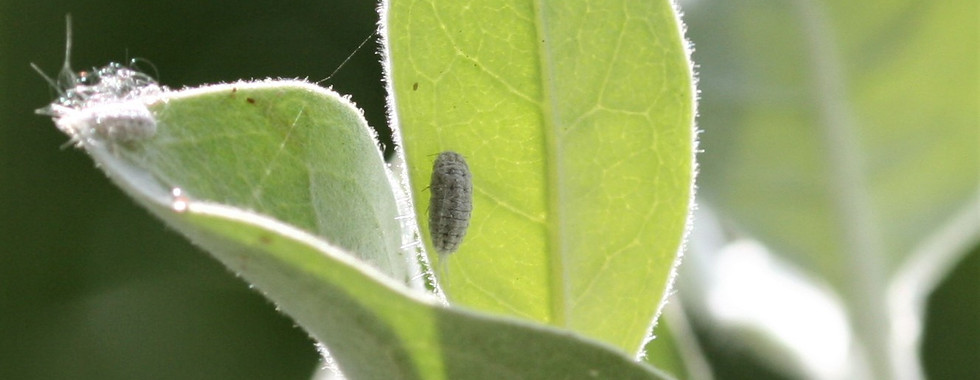Mealy Bugs
- GardenMaestro
- Jan 15, 2023
- 2 min read
Updated: Feb 10, 2023
Common name: Mealy Bug
Family: Pseudococcidae (un-armored scale insects)
Physical description
Small soft-bodied, sap-sucking insects. The adult insects are approximately 0.5 to 2 mm in length. Insects are normally covered with a white, waxy layer of fibers resembling cotton wool; this protects the insect from predators and prevents dehydration, which causes it to often be mistaken for a “fungus infection”. They are most often found on the underside of leaves along the stems of both indoor and outdoor plants, although they tend to be more a prevalent pest on indoor plants.
Description of damage
Due to the large numbers of insects that can build up very quickly they can cause a number of conditions, these include yellowing or chlorosis of the leaves, wilting of the leaves, deformation of the new apical leaves or flower buds, leaf drop, and can in extreme cases cause the death of the plant.
Plants that are free of natural predators and are in closed confines with little air movement are where they will tend to be found, although plants that are already under stress, or heavily over-fertilized (soft nitrogen-rich foliage) are also likely targets.
Life cycle description
Gregarious, large populations build up very quickly in sheltered, warm, humid conditions. A single insect can multiply to several hundred within a few weeks. In most cases, the insects are born live under the covering or close to the mother. Most Mealy Bugs will be female they only produce a limited amount of (winged) males.
Plants affected
Indoors they are very commonly found on ornamental palms and Ficus species. Outdoors soft, dense-growing plants, very common on Hibiscus, Ixora, Acalypha, Mango, and Citrus. Please note this list is not definitive!
General comments
Ants are commonly found in conjunction with Mealybugs; ants tend and in some cases protect the insects, in return they receive the sugar-rich excrement from the Mealy bug.
Control methods - Natural
Strong jets of water, if possible without damaging the plant. If the insect has inserted its stylus into the plant when it washed off, the mouthparts are broken off and the insect will die. Encourage natural predators such as Ladybugs.
Control methods - Cultural
Outdoors - Elective pruning to open the plant canopy and allow air movement (and predators) into the center of the plants.
Control methods - Chemical
Systemic (insecticide) products are very effective, but should never be used on edible crops.
















Comments